Decentraland invites users to visit a virtual flower field in the metaverse. The P2E platform introduces the Marimekko meadow for users fascinated by adventures. The meadow is a magical crossroad of nature and art with a unique opportunity to connect with fans worldwide.
Marimekko is part of the first wave of the metaverse, where players can play, socialize, explore, and shop. The enchanting virtual world launched on November 17 and is open to fans who bask in the beauty of colours. Click here to view the metaverse calendar.
In association with the 3D virtual platform Decentraland, Marimekko’s metaverse comes to life. The immersive flower field comes alongside a video installation unveiled at Slush. Slush is the world’s leading startup event held at the Helsinki Expo and Convention Center.
Please welcome @Marimekkoglobal. 🌼
The Marimekko meadow is for anyone who craves beauty in adventure and loves the magical crossroad of nature and art – a unique opportunity to explore, play and connect with fans of bold prints and colors worldwide.https://t.co/261xsMt4dF
— Decentraland (@decentraland) November 17, 2022
Marimekko in the Metaverse
The metaverse has become the new frontier for fashion culture in recent years. It’s a recent development on the internet that combines the real world with virtual reality. Therefore players can freely move between 3D worlds and communities as an avatar.
There are countless options for social engagement in the metaverse. Independent of their actual location, players might find themselves playing games, shopping online, or attending business meetings. These activities will be carried out in shared virtual places that strongly emphasize creativity, community, and involvement.
Decentraland held the metaverse’s inaugural digital fashion week this year. The fashion event entailed real (virtual) cats walking the runway and human models flying out of blooming lotuses. The event’s after-party featured a dance-off where guests programmed their avatars to perform personalized routines.
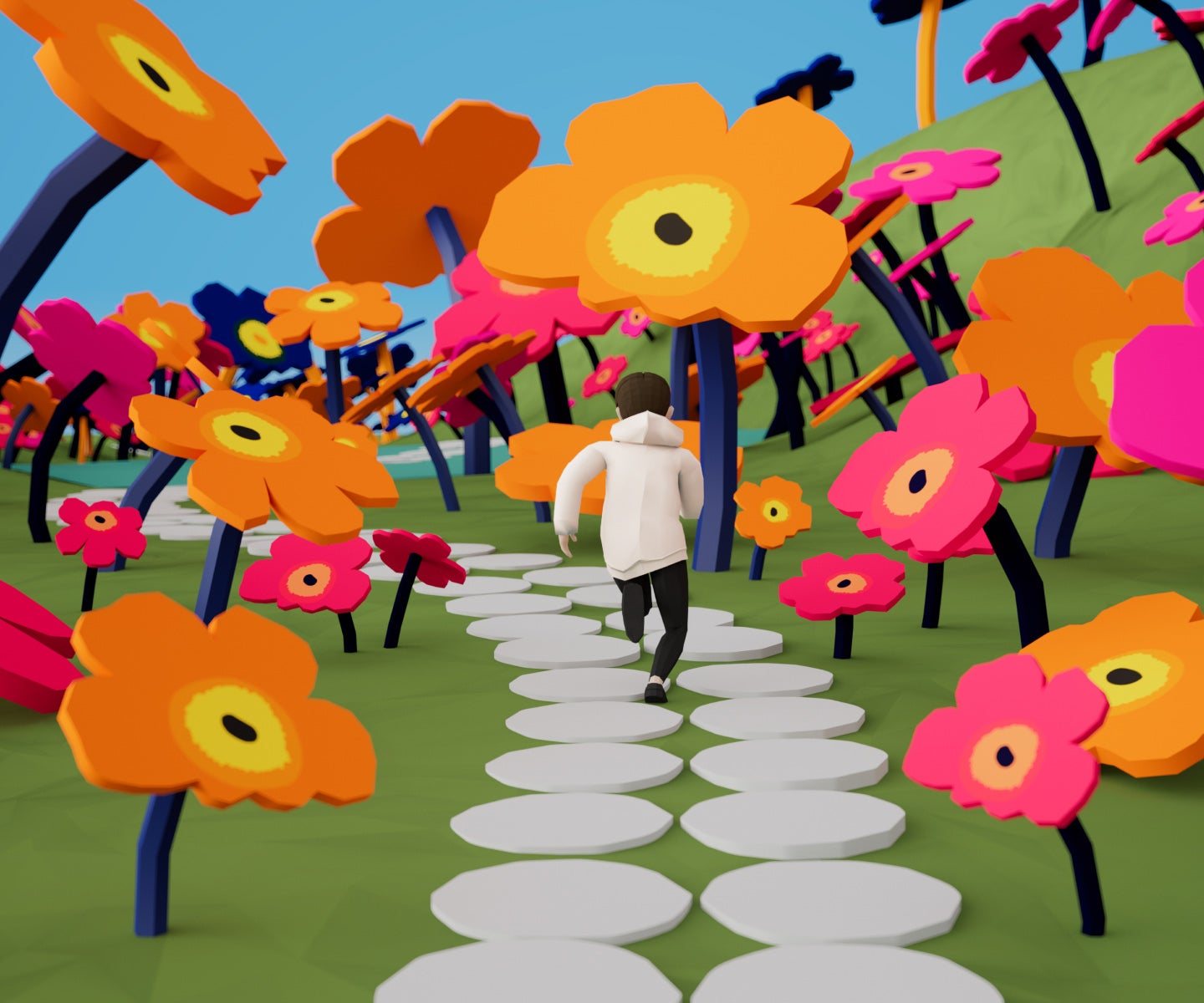
Fashion companies, both prominent and up-and-coming, displayed their digital fashion prowess on avatars that strutted along virtual runways. Anything is conceivable in the metaverse.
Marimekko: A Problem Solver
Suvi-Elina Enqvist, Head of Marimekko’s Innovation Works unit, perceives the metaverse as a continuum of physical reality. She feels there will be future exploitation of the opportunities provided by the virtual world. Therefore, with cutting-edge, innovative technology, there will be a sustainable way of conducting business.
A digital strategy that employs virtual showrooms, storefronts, and versions of clothing for social media may proffer a solution. It may be a workable answer to some of the sector’s sustainability problems.
Introducing Marimekko’s metaverse space to the public will enable players to receive some benefits. Players will log into the platform and participate in the interactive experience with individuals from all around the world.
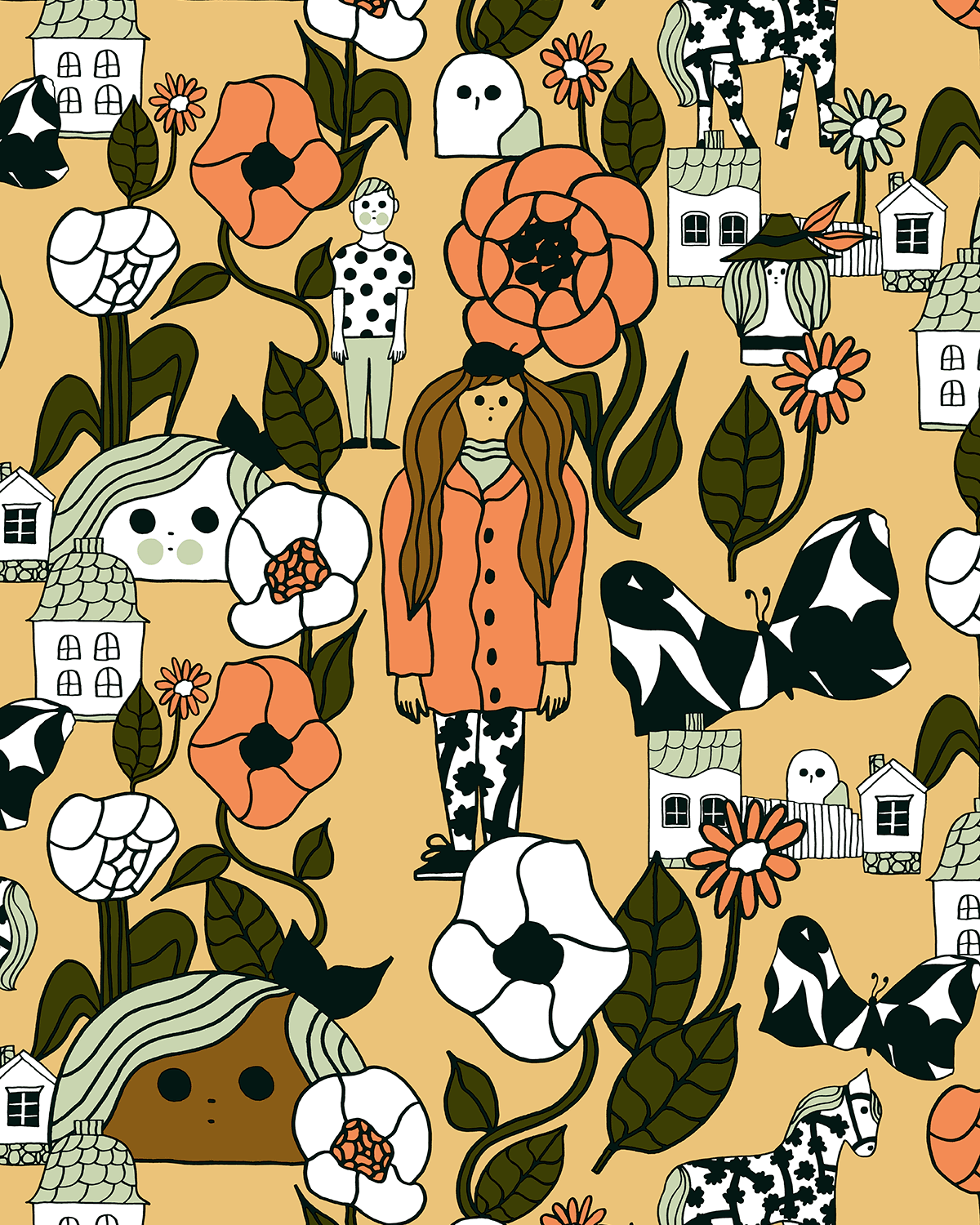
About Marimekko
Marimekko has been perfecting the printmaking craft since 1951. As a Finnish design house, it produced over 3,500 print designs in its Helsinki printing plant to adorn materials. These materials range from garments and bags to ceramics and fabrics.
Here in Decentraland, the Marimekko metaverse experience is an extension of its quirky, upbeat reality. Marimekko’s goal is to spread happiness around the world through classic design. Their alliance stands a chance to push the limits of nature to a vibrant new high.
The company had net sales of EUR 152 million in 2021, while brand sales were EUR 376 million globally. There are over 150 Marimekko stores worldwide, and 35 countries have online stores serving them. The main markets are North America, the Asia-Pacific area, and Northern Europe. The Group has 410 employees in total. The company trades its stock on Nasdaq Helsinki Ltd.
Explore limited edition Marimekko treasures while strolling amid its swinging signature flowers and blazing new paths on enormous rough-edged stones.
Imagine yourself strolling through a dense field of flowers, the poppy blooms of Marimekko swaying in the beautiful, calm breeze. You follow your nose as it leads you along a Kivet (stones)-patterned route. The adventure is just beginning. Fortunately, you don’t have to fantasize because Decentraland has this surreal scenario available.
Marimekko at Slush 2022
Marimekko hinted at starting a piloting closed-loop circular economy textile production in its value chain. The initiative was unveiled at the Slush 2022 startup and technology conference in Helsinki, Finland.
In 2023, Marimekko will release its first capsule collection. The collection will consist of three items created in part from recycled fibres obtained through closed-loop manufacturing. Cutting waste and other byproducts created during the production of Marimekko’s jersey items will serve as raw materials.
Depending on the product, a minimum of 20% of the fabric will be made with regenerated cotton fibre. And the remaining cotton will be virgin cotton to ensure the quality and durability of the clothing.
The Pilot Project
The pilot project is in association with the Portuguese textile company Pedrosa & Rodrigues. The textile company concentrates on the creation of closed-loop technologies.
The pilot project’s objectives are to investigate strategies to lessen the environmental impact of textile production. Moreover, external specialists will produce a life-cycle analysis of items made with closed-loop fibres to aid future research and development.
Marimekko debuted its first item from this pilot at Slush 2022 on its immersive flower field in Decentraland. The first item wore a Unikko sweatshirt as the brand’s 3D avatar, “Mari.” Even after Slush 2022, the Decentraland virtual world is accessible to the general public.
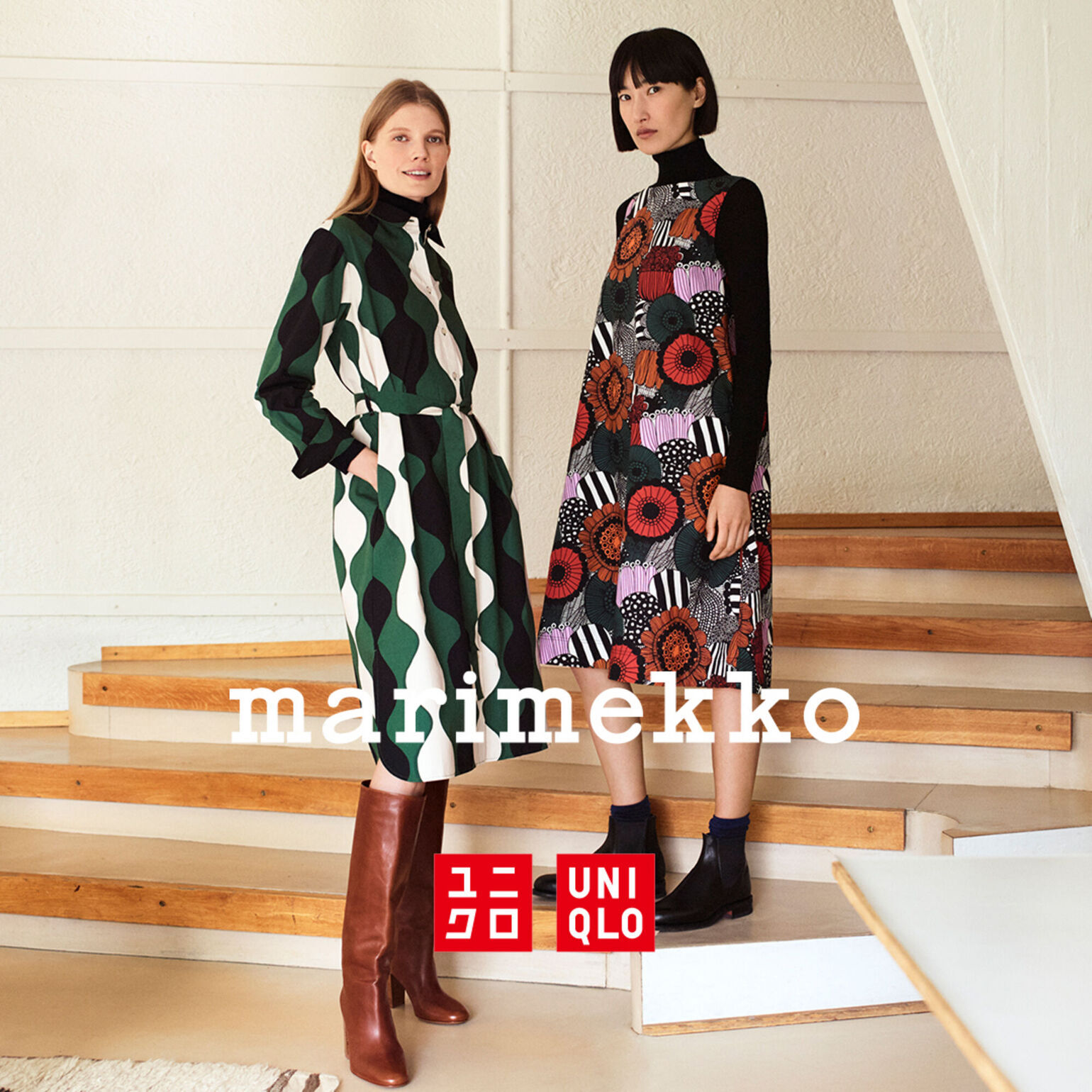
The Commercial Capsule Collection
The launch of the first joint commercial capsule collection with Spinnova features styles made from a denim-like material blend. The material consists of approximately 20% Spinnova fibre and is just one of Marimekko’s recent steps toward sustainability.
Other recent steps include the launch of the resale marketplace Marimekko Pre-loved in Finland. Also, the release of the first joint commercial capsule collection with Spinnova is another step.
Marimekko wants a minor environmental impact, so material selection is essential. Between 2025 and 2030, Marimekko hopes to cut the greenhouse gas emissions of textile materials by 20%.
Marimekko hopes to reduce greenhouse gas emissions and water scarcity before 2030. Image Source: Uniqlo
It also intends to reduce the water scarcity score by 50% per kilogram of supplied textiles. The Science Based Targets program (SBTi) to lower greenhouse gas emissions has the support of Marimekko.




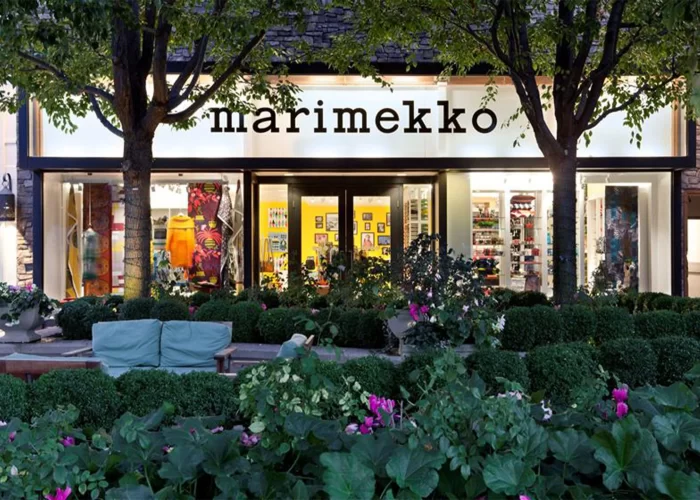
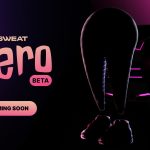






No Comment! Be the first one.